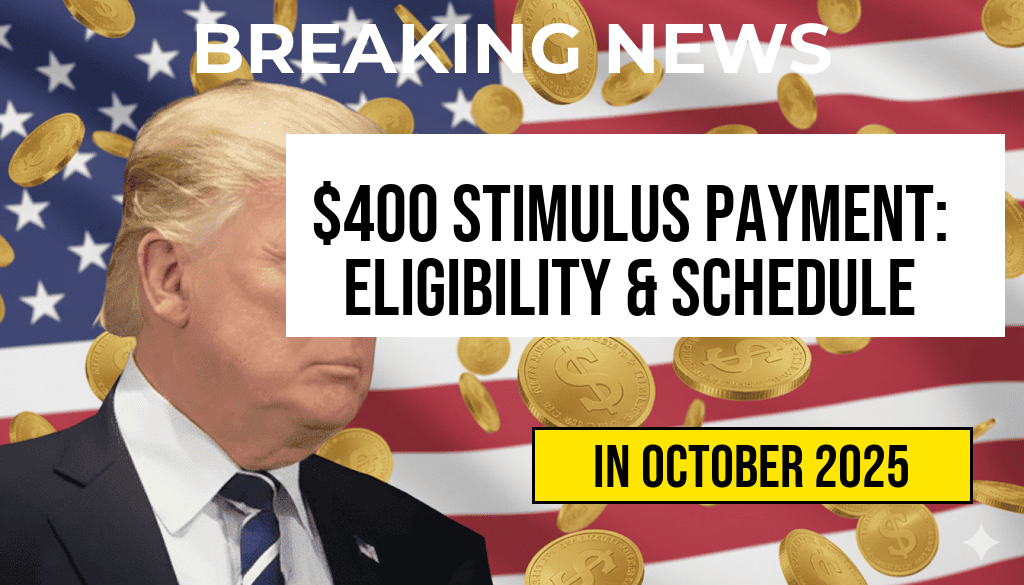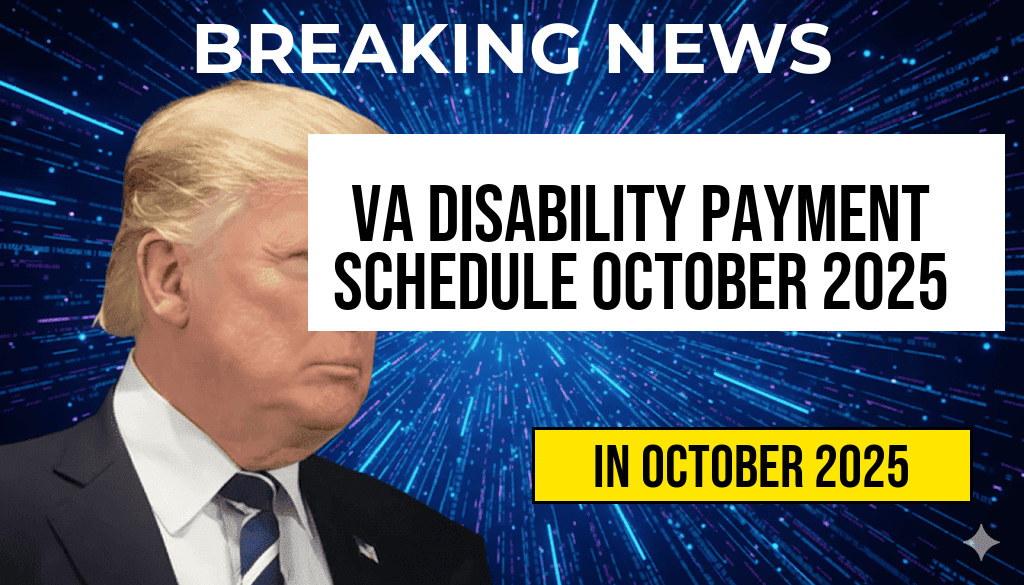A new $400 stimulus payment program has been announced to provide financial relief to eligible Americans amid ongoing economic challenges. The initiative, designed to support working families and individuals, is accessible to a broad demographic, with specific eligibility criteria outlined by federal and state authorities. Payments are scheduled to be disbursed over the coming months, with detailed timelines and application procedures available through official channels. This article covers the key eligibility requirements, the complete payment schedule, and how eligible recipients can ensure they receive their funds promptly.
Overview of the $400 Stimulus Payment Initiative
The recent stimulus measure aims to inject $400 directly into the pockets of qualifying Americans. Funded through federal and state allocations, the program seeks to mitigate financial strain caused by inflation, healthcare costs, and other economic pressures. Unlike previous direct payments, this initiative emphasizes streamlined eligibility criteria and a simplified application process to facilitate quick disbursement. According to government officials, the goal is to reach as many eligible individuals as possible while maintaining transparency and accountability in distribution.
Eligibility Requirements for the $400 Stimulus Payment
General Qualifications
- Residency: Must be a current resident of the state offering the stimulus program, with proof of residency required upon application.
- Income Limits: Household income must fall below specific thresholds, typically set at 150% of the federal poverty level. Exact limits vary by state and household size.
- Tax Filing Status: Eligible individuals must have filed a 2022 federal tax return or meet criteria for non-filers, depending on state guidelines.
Additional Criteria
- Age: Applicants must be at least 18 years old at the time of application.
- Employment Status: Both employed and unemployed individuals are eligible, provided they meet income and residency requirements.
- Dependents: Some states include provisions for payments to households with dependents, increasing the total amount received.
Exceptions and Special Cases
- Individuals receiving certain federal benefits, such as Social Security or Veterans’ benefits, are generally eligible without additional requirements.
- In some states, undocumented immigrants may qualify if they meet residency and income criteria, though this varies significantly.
How to Apply for the Payment
Most states have established dedicated online portals where eligible residents can submit applications. The application process typically involves providing basic personal information, proof of income, and residency documentation. For those who do not have internet access, alternative options, such as mail-in forms or in-person assistance centers, are often available. It is advisable to submit applications as early as possible since the total funding is limited and processing times may vary.
Key Documents Needed
- Valid government-issued ID
- Proof of income (pay stubs, unemployment statements, or tax returns)
- Proof of residency (utility bills, lease agreements)
Complete Payment Schedule
The disbursement timeline varies by state, but most are planning to send payments over the next three to four months. Below is a general schedule based on current announcements:
| State | Application Opens | Application Closes | Payment Distribution Period |
|---|---|---|---|
| California | May 1, 2024 | June 15, 2024 | July – September 2024 |
| New York | April 15, 2024 | June 1, 2024 | June – August 2024 |
| Texas | May 10, 2024 | June 30, 2024 | July – September 2024 |
Recipients will be notified via email or postal mail once their payments are scheduled. Most payments will be issued through direct deposit, with paper checks as an alternative for those without bank accounts. Officials recommend verifying contact information regularly to avoid delays.
Additional Resources and Official Guidance
For detailed information on eligibility and application procedures, residents should consult their state government websites or official announcements. The U.S. Department of Treasury also provides updates on federal stimulus initiatives, which can be accessed at home.treasury.gov. For broader context on stimulus payments and economic support measures, Wikipedia’s overview of U.S. economic stimulus programs offers valuable insights (Wikipedia).
Frequently Asked Questions
What is the $400 Stimulus Payment and who is eligible?
The $400 Stimulus Payment is a financial aid provided to eligible individuals to support their expenses. Eligibility requirements typically include meeting income thresholds, filing a recent tax return, and being a resident of the qualifying area. Specific criteria may vary by state or federal guidelines.
How can I check if I qualify for the $400 Stimulus Payment?
You can verify your eligibility by reviewing the official guidelines provided by the issuing agency. This usually involves confirming your income level, residency status, and filing history. You may also visit the official website or contact customer support for personalized assistance.
When will the payment schedule be announced and when can I expect to receive my payment?
The complete payment schedule will be announced by the relevant authorities. Typically, payments are distributed in phases, with exact dates depending on your eligibility and processing times. Keep an eye on official updates for the most accurate payment schedule.
Are there any requirements I need to fulfill after receiving the payment?
In most cases, once you receive the stimulus payment, there are no additional requirements. However, it’s important to retain records of your payment for tax purposes or if any questions arise regarding eligibility or future claims.
Can I receive the $400 Stimulus Payment if I have outstanding debts or owe taxes?
Yes, owing debts or taxes generally does not disqualify you from receiving the stimulus. The payment is typically sent directly to your bank account or address regardless of outstanding obligations, but it’s advisable to check specific eligibility rules in your area.






